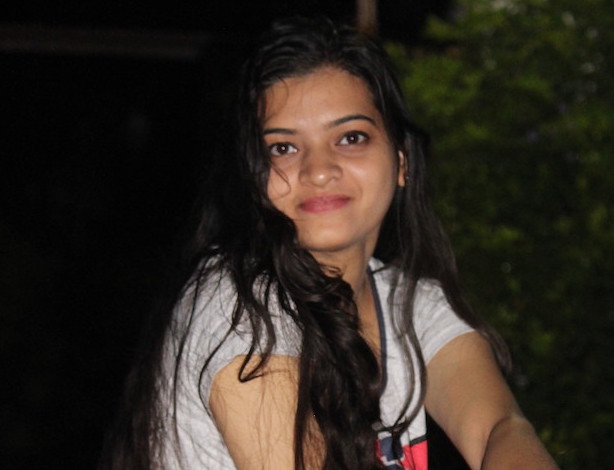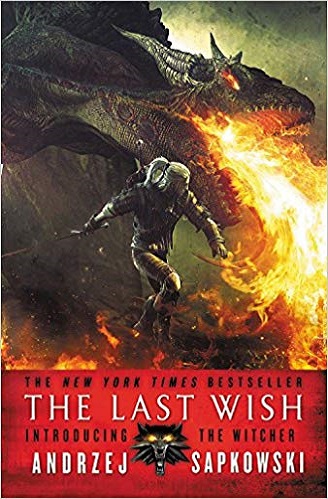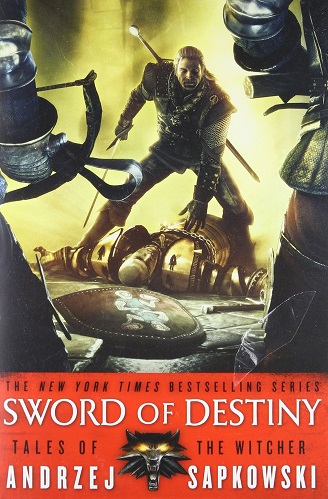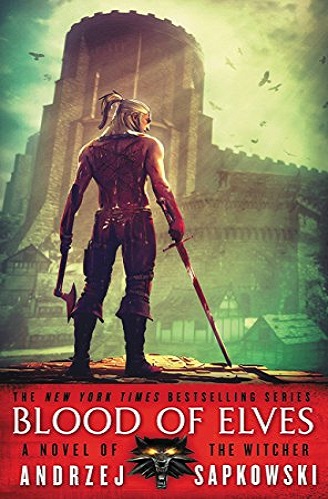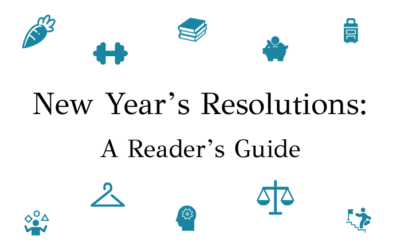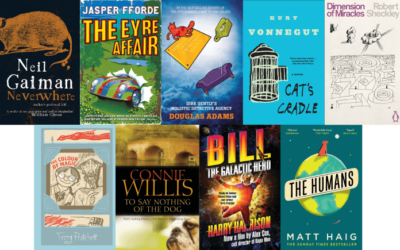Feature
A Beginner’s Guide To ‘The Witcher’
Medieval fantasy? Check.
Prophecies. Check.
Magic, witches and wizards? Check.
Kings, knights and princesses? Check.
Monsters and monster hunters? Check.
Elves, dwarfs and dryads? Check.
On December 20, 2019, The Witcher arrives on Netflix. Dubbed as the ‘next Game Of Thrones’, checks off every box that makes the ultimate fantasy series. Based on Andrzej Sapkowski’s eponymous series, The Witcher is a popular multi-player game, also based on the book. The story follows Geralt of Rivia, a Witcher or a monster hunter, and how his destiny gets entangled with a sorceress and a princess, and how they change the fate of the world that is in danger. Starring Henry Cavill as Geralt, the Netflix series has already gained a lot of popularity, to the delight of bibliophiles and fans of fantasy novels alike.
Sapkowski’s The Witcher is a series of eight books – six full-length novels and two short story collections. The short stories provide a foundation to The Witcher universe, where Geralt’s (the protagonist) adventures are portrayed. Season 1 of the Netflix series is stated to be heavily based on the short story collections in the The Last Wish and Sword Of Destiny, as well as the first novel, Blood Of Elves.
So, if you haven’t had a chance to read the books before the series premiere, don’t worry. We read the books for you. And, we’ve put together this basic guide to understand The Witcher universe and what to expect.
Brace yourselves.
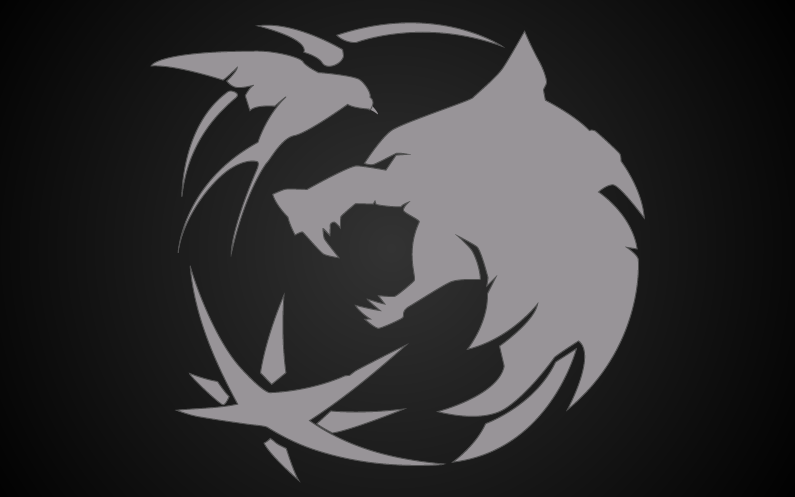
The Witcher Universe
1. The World
The events take place on a large piece of land known as The Continent, which has an Earth-like terrain. Most of the major events in the novels take place between the Northern Kingdoms and the Nilfgaardian Empire, who are constantly at war with each other. The Northern Kingdoms consist of several kingdoms like Cintra, Temeria and Rivia, while the Nilfgaardian Empire keeps expanding by constantly invading kingdoms and claiming territories across The Continent. In The Witcher universe, the Nilfgaardian Empire is the antagonist.
2. Races
The Northern Kingdoms consist of humans, dwarfs, elves and gnomes all living together, but everyone except humans are treated as ‘second-class’ citizens. Humans and elves, primarily, do not get along and frequently clash with each other. The elves accuse the humans of invading their land, and generally do not trust them.
This world is also filled with horrific monsters. There are the blood sucking vampires, ghouls (corpse-eaters), wyverns (flying reptiles), dragons, wraiths (haunting ghosts), Bruxa (terrifying vampires) and Kikimore (spider-like monster). These monsters pose a great threat to the general population, and this is where Witchers come in.
3. Witchers
Witchers, unlike their name, have nothing to do with witches in reality, and are more fighters than sorcerers. Mostly taken in as children, they are trained to become warriors that kill monsters. Their training includes hardcore physical drills, developing magical powers, and genetic modification by using elixirs to make them immune to diseases and most poisons. People often hire them to kill monsters in exchange for money.
Due to their genetic modification, they age slower than normal humans. They can also perform minor spells called ‘Signs’, which allow them to block monsters. They carry two swords – a steel one for humans and humanoids and a silver one for monsters. Their genetic modification causes irreversible changes, like Geralt’s signature white hair and cat-like eyes, which often results in humans being wary of them.
They are not considered to be human, which means that they are often alone, and only contacted in case of a monster emergency.
4. Witches And Wizards
Magic, spells and robes – wizards are the same in this universe too. In The Witcher universe, witches and wizards practice spells and magic, age slowly and can alter their appearance. Wizards prefer to look older than their actual age in order to appear sage and clever, while many witches prefer to look younger to use that to their advantage. They are often seen in the courts of kings, giving advice and being politically active. Witches like Yennefer and Triss Marigold play an important role in the story.
5. Terminology
Three terms stand out in The Witcher universe. One is ‘The Law of Surprise’ where a saviour of a person’s life, when asked what he or she would like in exchange, can invoke the Law and ask for anything he or she wishes. And the other person cannot refuse. Geralt the Witcher’s destiny leads him to invoke this law twice, and both times, unknowingly, he asks for Ciri, a princess who will change his life forever.
The second term is the ‘Brotherhood of Sorcerers’, which refers to a group of magicians in the Northern Kingdom, who ensure that magic is not being misused. They are often seen in courts, advising kings and being a powerful influence in politics.
The third term is ‘The Conjunction of Spheres’ which tells us how the universe came into being. Aeons ago, several universes collided, which allowed monsters from other worlds to enter The Witcher universe. Humans also came into existence at the same time.
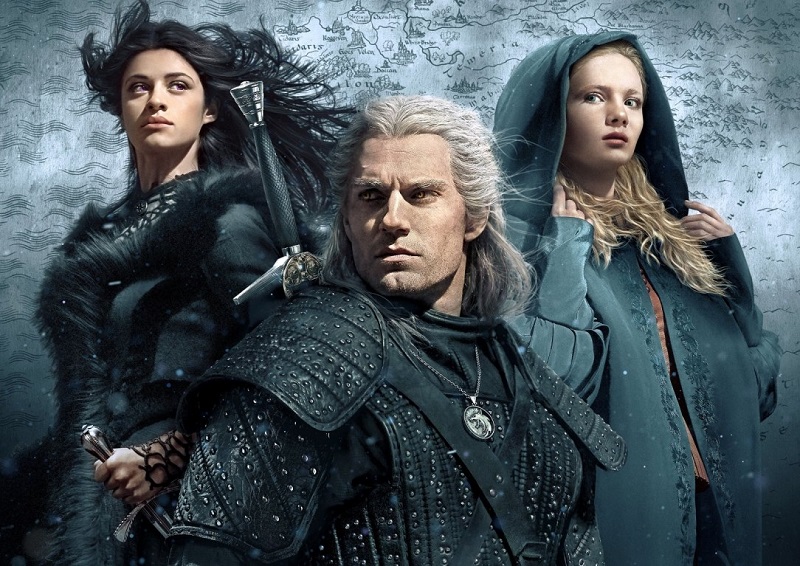
(Image via Redanian Intelligence)
Main Characters
1. Geralt Of Rivia
The protagonist of the series, Geralt, is a Witcher who hunts monsters in exchange for money. Also known as White Wolf, Geralt is easily identifiable due to his infamous white hair, a result of his genetic modification. His other identifiers include his wolf medallion, and his horse, Roach (he calls all his horses by the same name). After his mother, the witch Visenna, handed him over to become a Witcher at Kaer Morhen, his mutation made him almost superhuman, and gave him his infamous white hair.
Mostly portrayed as a stoic warrior, Geralt also engages in dry humour. But he is not a ruthless killer, as he tends to look at both sides to see the moral implications, before taking action. For example, when he is recruited to hunt a Bruxa, he doesn’t back away from attempting to cure her first, even though he has the option of killing her. He doesn’t believe in a lesser or greater evil, suggesting that evil, due to its nature, is without such degrees. Nor does he believe in destiny, not knowing that he is already a pawn in the game of destiny. He earned the name ‘The Butcher of Blaviken’ after he killed numerous assassins posed as common people in Blaviken. While hunting monsters, he doesn’t know that his journey will test him like nothing else, and that he will be central to the destinies of the other two main characters – Yennefer of Vengerberg and Princess Ciri.
2. Yennefer Of Vengerberg
The love of Geralt’s life, Yennefer is a powerful and relentless sorceress. Originally a hunchback due to a spinal deformity, she studied to become a witch, and in the process, gained beauty and power. Although she becomes romantically involved with Geralt, they are not an exclusive couple, and break up quite a few times. Even though she is not on good terms with Geralt, she finds Ciri on his request and starts mentoring her in the art of witchcraft, after seeing her powers.
A fearsome warrior, Yennefer saves Geralt’s life numerous times and has a huge role to play in the game of destiny.
3. Princess Ciri
Ciri, or Cirilla, is the princess of the kingdom of Cintra. Born to Pavetta, a Source (a human with magical abilities) and Duny, Ciri is also the granddaughter of the infamous queen Calanthe. In exchange for saving Duny’s life, Geralt invoked ‘The Law of Surprise’ and asked for ‘that which you already have but do not know’. This thing was Ciri, as Pavetta was pregnant at the time but Duny was unaware of this. After the death of both her parents, Ciri was raised by her grandmother, who kept Ciri unaware of her destiny. However, Ciri, upon finding out, was adamant to fulfil it.
When her marriage is fixed, she runs off from her betrothed, and gets attacked by a centipede but is saved by Geralt and the dryads of the forest. Ciri and Geralt both come to know of each other’s identities, and Ciri insists on going with Geralt. He dismisses her pleas and leaves her to be brought back to her kingdom.
However, destiny is not done with them yet, as the kingdom of Cintra falls after Nilfgaardian attacks. Ciri witnesses the destruction of her kingdom and flees for safety. She escapes from a “knight with a feathered helmet” and finds refuge with a family of four. In a rare coincidence, the head of the family, Yurga, was saved by Geralt, where he invoked ‘The Law of Surprise’ once again, asking Yurga for something at home that he did not expect. That thing, again, was Ciri, as his wife had taken her in while he was away.
Eventually, Geralt accepts Ciri and takes her to Kaer Morhen for training. There, she trains to become a Witcher, until a witch named Triss Merigold proclaims that Ciri is also a Source and can predict deaths through prophecies. Hearing this, Geralt arranges for Ciri to be trained under Yennefer.
The Story
In the Netflix series, we will get to know the backstories of each of the prominent characters, and how fate brought them together. We will learn how Geralt earned the fearsome nickname ‘The Butcher of Blaviken’, his first meeting with Yennefer, a golden dragon who prophesises both their destinies, and his first meeting with Ciri.
That is not all, as we will see Geralt encountering numerous monsters, and slaying them with his superhuman strength and abilities. All these snippets from the past will help set up the plotline, where wars between the Northern Kingdoms and the Nilfgaardian Empire are on the rise. The growing differences between humans and other creatures also acts as a catalyst in the story. But the most important part is Ciri, whose immense power attracts all sorts of monsters, humans being the most prominent among them. We will see why the entire kingdom of Nilfgaard is hellbent on getting a hold of Ciri, and the lengths to which Geralt will go to protect her.
—
With fearsome monsters, deadly monster killers, and an equally hot Henry Cavill, we cannot wait for December 20!
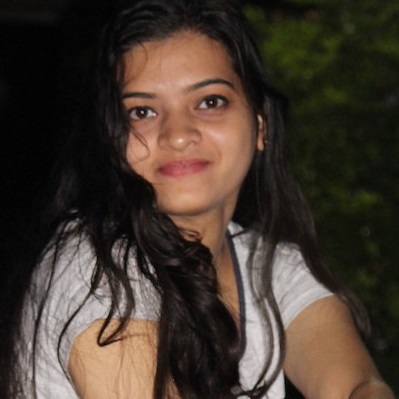
Prasanna is a human (probably) who makes stuff up for a living. When she’s not sleeping or eating, you’ll find her in the quietest corner of the library, devouring yet another hardbound book. She vastly prefers the imaginary world to the real one, but grudgingly emerges from her writing cave on occasion. If you do see her, it’s best not to approach her before she’s had her coffee.
She writes at The Curious Reader. You can read her articles here.

